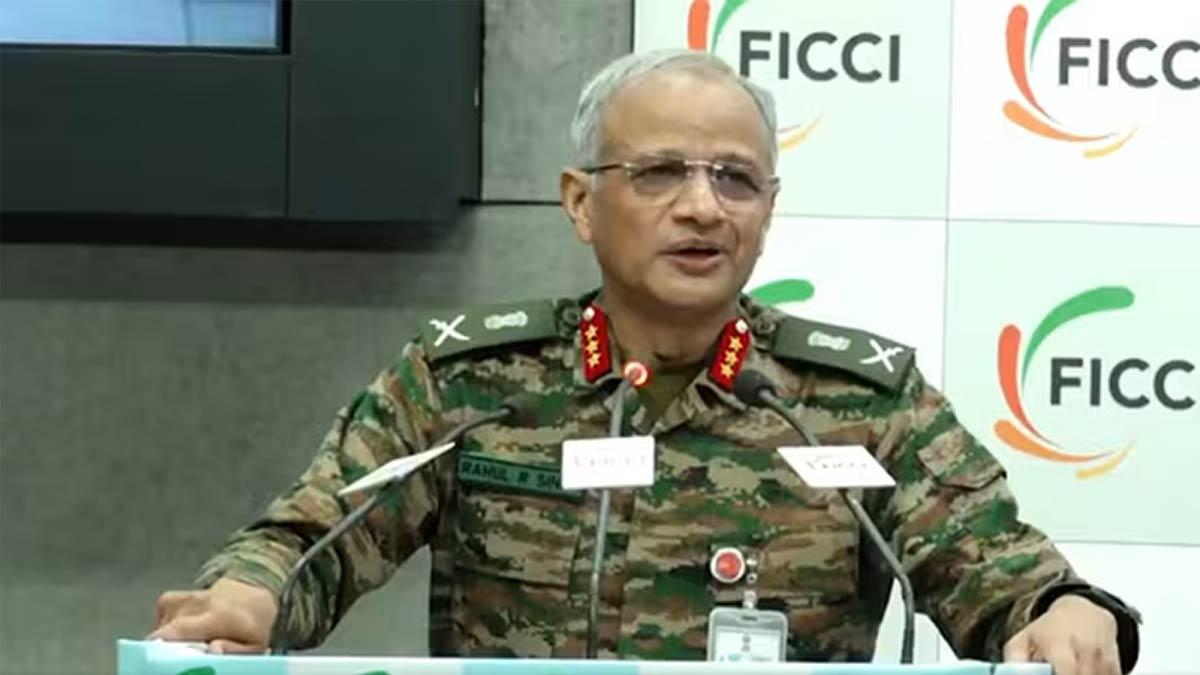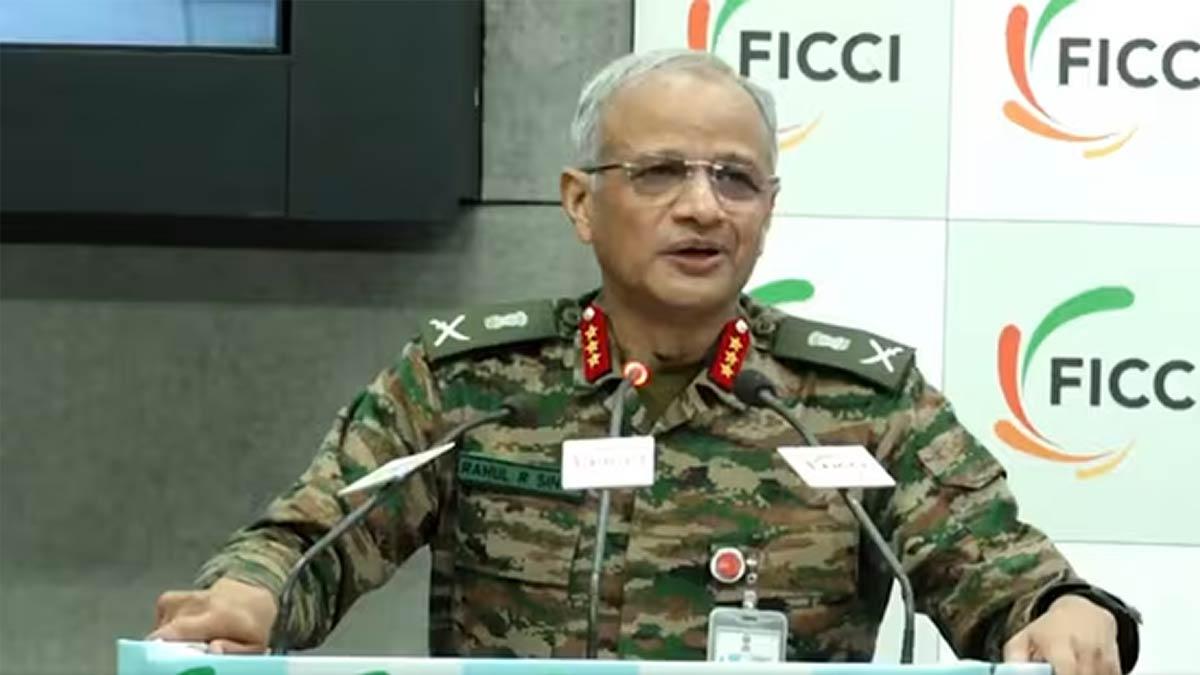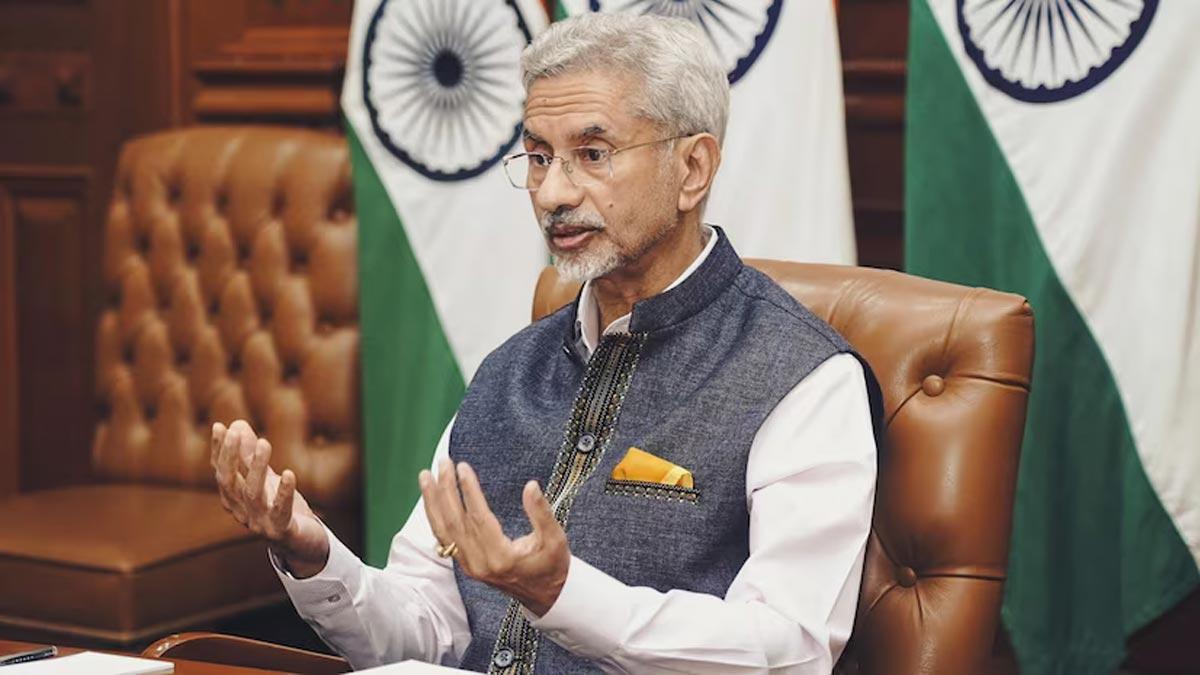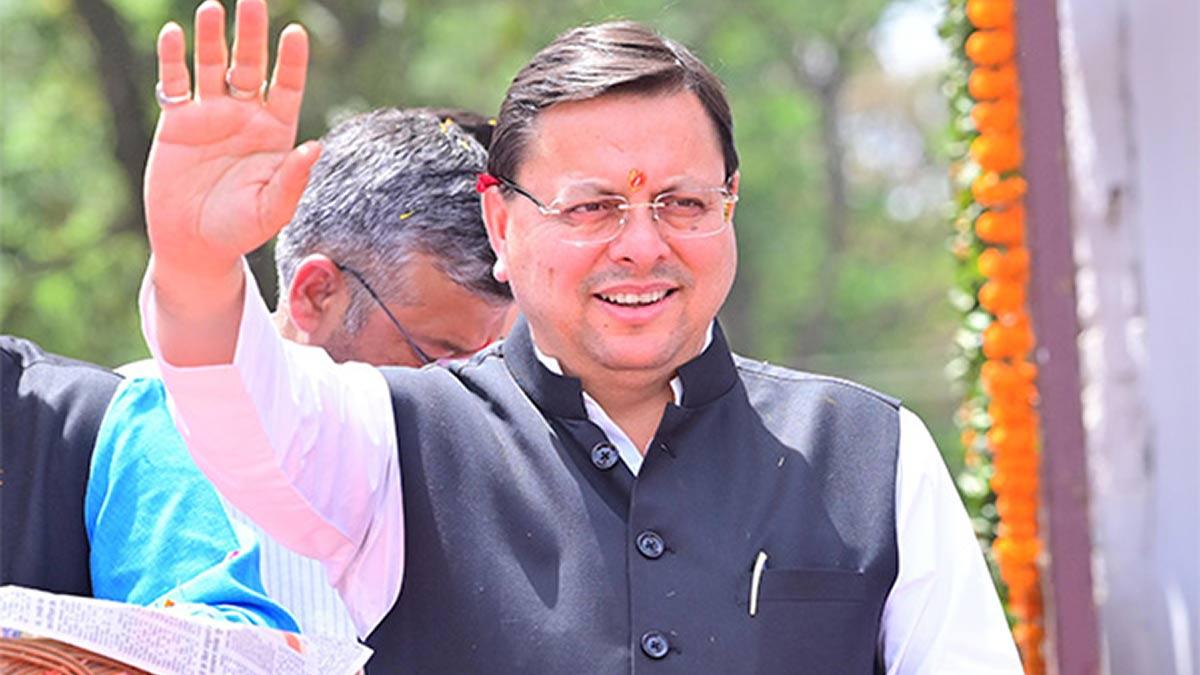Lieutenant General Rahul R Singh, Deputy Chief of Army Staff (Capability Development and Sustenance), presented seminal operational observations from Operation Sindoor on Friday, providing greater insight into the nature of challenges being created by modern warfare.
Addressing the 'New Age Military Technologies' conference organized by FICCI, Lt Gen Singh highlighted the pivotal contribution of air defence and new technologies to defining present-day military encounters.
Describing the changing regional threat situation, he mentioned the strategic importance of the China-Pakistan axis, which places India in a complicated dual-front situation. "Firstly, we had one border and two enemies, de facto three. Pakistan was in front. China was giving all the support possible. In the past five years, 81% of the weaponry with Pakistan is Chinese…" he stated.
Emphasizing the takeway from the operation, the Deputy COAS identified the importance of preparing for possible future strikes on civilian centers. "Air Defence and how it went in the whole operation was crucial… This time, our population centers were not exactly targeted, but next time, we must be geared up for that," he said.
He also disclosed that Pakistan had access to India's important military movements in real time, thanks greatly to Chinese aid. "When DGMO-level talks were on, Pakistan had the live updates of our important vectors, from China… We need a robust air defence system…" he cautioned.
Lt Gen Singh also accepted the role of other countries in the war, mentioning in particular Turkey's support to Pakistan. "Turkey too did play a big role in giving the kind of support it did; they provided Bayraktar and lots of other drones… China can test its weapons against other weapons, so it's like a live lab available to them," he explained.
Praising the accuracy with which Indian forces carried out precision strikes, he explained how both sophisticated surveillance technology and human input were employed at the planning stage. "…There is no scope of absorbing the pain the way we did a few years ago… The planning and selection of targets was based on a lot of data that was collected using technology and human intelligence.". So a total of 21 targets were chosen, nine of which we believed it would be wise to target. It was only on the last day or the last hour that a decision was made that these nine targets would be targeted," Lt Gen Singh explained.
Pointing to the integrated nature of the Indian Military Forces, Lt Gen Singh said the move to engage all three military branches delivered a strong message. "Each thought was taken that it will be a tri-services action in order to convey the right message that we actually are an integrated force… A foremost thought was that we should never be below the top of the escalation ladder. Once we achieve a military target, we should attempt and put an end to it… War is easy to start, but it's extremely hard to control.". So I would say that was a very masterly stroke that was played to end the war at the right time," he concluded.
Read also| Indian Navy Welcomes INS Tamal, Equipped with BrahMos Missiles


















